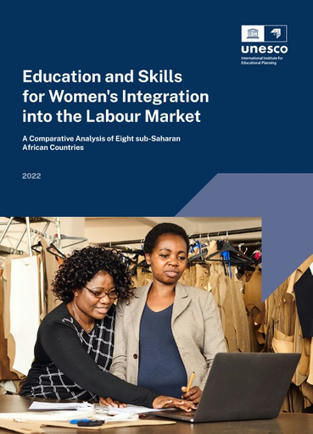Attacks on education in West and Central Africa have increased in the past 10 years and universities have not been spared, according to the United Nations Educational, Scientific and Cultural Organization, or UNESCO.
Issuing the warning at the end of February in several briefing papers, UNESCO stated that most of the attacks occurred in Burkina Faso, Cameroon, the Democratic Republic of the Congo, Mali, Niger and Nigeria and were perpetrated by armed conflict groups and government armed forces.
In one of the background papers, ‘Safeguarding education: Policy and data landscapes for the protection of education from attack in West and Central Africa’, UNESCO noted that, since 2017, armed Islamist insurgent groups have been targeting the higher education sector in Burkina Faso. Universities that have been forced to suspend classes from time to time include Dori University and the University of Fada N’Gourma.
In Cameroon, armed separatist groups driven by concerns about the marginalisation of the English-speaking north-west and south-west regions of the country have been engaged in a boycott of education since 2017.
The University of Buea and the University of Bamenda, which are located in those areas, have been under attack several times. According to UNESCO, attacks on education in the far north region of Cameroon have also been carried out by Boko Haram, spreading over the border from Nigeria.
Similarly, in the Democratic Republic of the Congo, attacks on education have escalated since 2012, following the outbreak of conflict between the M23 rebel group and the Congolese armed forces, or FARDC, and institutions in the eastern provinces of North Kivu, South Kivu and Ituri have been the most heavily impacted. “Attacks are carried out by the FARDC, M23, Hutu militia groups, the Democratic Forces for the Liberation of Rwanda, and the Allied Democratic Forces,” says UNESCO.
In Mali, schools and universities are also exposed to rebel attacks. Last year, the United Nations reported that about 1,500 out of 9,000 schools in the country were closed or non-functional as a result of insecurity, disrupting the education of half a million learners.
One of the higher education institutions at risk in Mali is the prestigious L’Institut des Hautes Etudes et de Recherches Islamiques Ahmed Baba de Tombouctou (Ahmed Baba Institute of Higher Learning and Islamic Research) in Timbuktu, which is still recovering from a 2012 attack. According to UNESCO, the institute has manuscripts of the history of Mali dating from the 14th and 16th centuries.
No comment yet.
Sign up to comment



 Your new post is loading...
Your new post is loading...









